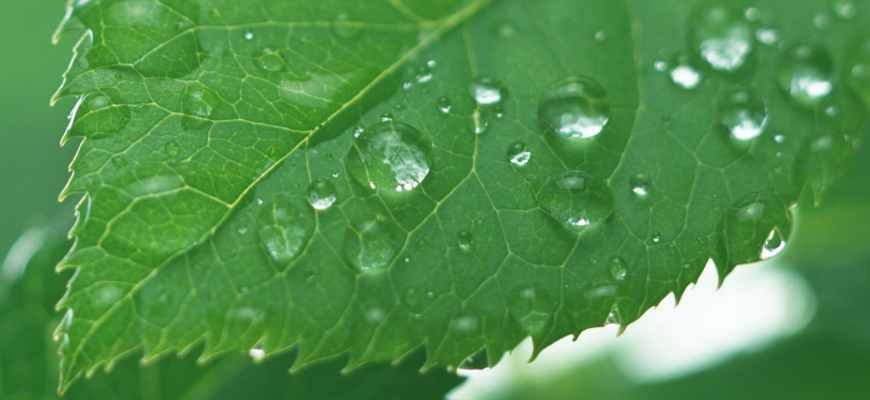THE PLANT
THE PLANT
A plant is the result of its own genetics interacting with the Environment.
In agriculture, the physiological state of the plant is also determined by the management we follow and the climate of the season.
Plants rely on resources they find in their proximity: creating the right environment for their development is necessary to give the agricultural cycle chances of succes. Controlling all the agronomic parameters is essential to minimise costs and risks.
Some factors can't be completely controlled on the field, as temperture, rains and air humidity. Their expression give the plant inputs to complete its development so the choice of the species, cultivar and biotype is important to align agricultal requests and maximum yield potential of the area.
Water is the most important molecule for plant development, because it is involved in almost every biochemical reaction taking place into the plant. It is the main component of lymph so the carrier of every element and compound moving into the plant.
CO2 is one of the invisible factor to be considered because it represents the basic nutrient for the contruction of new tissues/organs through photosynthesis and the base-load energy for the metabolism. Usually it is freely available to plants dissolved in the air but it can be even externally enhanced to reach higher level of productivity in greenhouses.
Also light is a key factor to complete photosynthesis: its intensity up or down regulate the efficiency of the process and requires sometimes tools or practices to promote the establishment of an optimal value.
Soil fertility is a natural characteristic of the Environment we are cultivating but it can be implemented through tillage, water management, addition of organic matter and fertilisers. Following this approach, some nutritional elements will be available to plants to complete their life cycle and reach a desired level of productivity and fuit quality. Attention should be paid to not create unbalance among fertility elements in the soil: excess of nitrogen promote vegetative growth but reduced blooming and fruiting, for example.
Plants can be even influenced by toxic elements stored in the soil or added from external inputs. Heavy metals and xenobiotics stress plants and reduce their ability to develop and bear fruits. Fortunately almost every vegetable organism have natural mechanism to survive this situation thanks to very refined biochemical and structural implements but yield could result compromised in terms of marketability.
When all the elements sorrounding a plant are in the right proportion, its typical metabolism can take place and expresses all its potential.


 +39 366 7851181
+39 366 7851181